David sent me an email asking “if you have never shot wildlife before do you recommend scouting a location before going out to shoot to see where the animals typically are or just go out and learn by trial and Error?”
The short answer is yes.
The long answer is going to be a little more involved and a lot longer read that is going to cover a lot of ground I think. So lets dive in…
There Are Two Paths When Filming Wildlife
The reason I said the short answer was yes is because both scouting a location and trial and error are both the right answer. Which you choose depends on what your goal is. One path can certainly be more frustrating than the other. After I explain them, take a guess as to which path I pretty much follow every time.
Research the Species
If you’re looking to get footage of grizzly bears, you need to do your research. Although grizzly bears are native to Iowa, I’m not going to find any of them roaming the cornfields. So, you need to do your research to find out where they haven’t been wiped out.
Of course one of the best places to see them in the lower forty-eight is Yellowstone. The bears are more tolerant of people and your chances of filming them are higher as well.
You also need to do your research about habitat where they can be found, what they eat, what time of year that food is available, what time of day or night they are active etc.
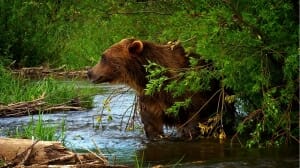 In Yellowstone, whitebark pine nuts are a favorite of grizzly bears and they are important in developing stores of fat to help them survive the winter hibernation. Research will tell you if there’s going to be a bumper crop of whitebark pine nuts or not and more research can tell you where those trees can be found.
In Yellowstone, whitebark pine nuts are a favorite of grizzly bears and they are important in developing stores of fat to help them survive the winter hibernation. Research will tell you if there’s going to be a bumper crop of whitebark pine nuts or not and more research can tell you where those trees can be found.
Where do the bears go after there are no more whitebark pine nuts to feast on? When the fish spawn, bears are usually there. In Yellowstone, popular spawning grounds are closed to the public to prevent bears and people from meeting face to face. However if you do your research you will know the corridors the bears travel to and from the water.
There are forums on the internet that post recent sightings to increase your chances even more. You’ll have to find them on your own though as a lot of unethical people use sighting lists to find rare species that they’d love to shoot for their list of animal kills.
Someone puts up a post about a rare duck being spotted on a pond in a wildlife refuge and chances are good that someone will want to flush the duck out of the refuge so it can be hunted and become a bragging point for someone. The biggest most recent account of this was the baiting of Cecil the lion who was baited out of the safety of his refuge so he could be shot with an arrow and sit in a Minnesota dentists trophy room. His head was confiscated before it could leave the country but that still doesn’t change the fact that he’s dead.
So, if you want to find lists of wildlife sightings, you’re on your own because I’m not going to tell you.
Research the Location
Another option is to research a location for all the wildlife that might possibly be sighted there.
Let’s take 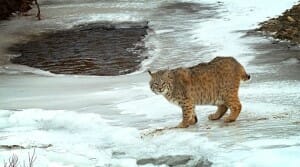 Yellowstone again. It’s such a large area with so much diversity that it’s often been called the America Serengeti. There are literally hundreds of species to be found there and like grizzly bears, they all prefer certain food, shelter and habitat. There’s a certain place in the park where there’s a better than good chance you’ll see bighorn sheep. There’s a spot that you’re pretty much guaranteed to find marmots. Pronghorn antelope are found in a certain spot in the park as well.
Yellowstone again. It’s such a large area with so much diversity that it’s often been called the America Serengeti. There are literally hundreds of species to be found there and like grizzly bears, they all prefer certain food, shelter and habitat. There’s a certain place in the park where there’s a better than good chance you’ll see bighorn sheep. There’s a spot that you’re pretty much guaranteed to find marmots. Pronghorn antelope are found in a certain spot in the park as well.
Other species like coyote and elk can be found all across the park but still knowing their habits gives you a better opportunity to find them.
I think this is a better method than just trying to find a particular species. If you go out to film mourning cloak butterflies but only find Eastern Swallowtails, you’ll come back disappointed and that’s not what nature and wildlife filmmaking should be about.
If you go out knowing a lot of the wildlife you MIGHT encounter at a location not only do you have a better chance of coming home with some footage, you won’t be surprised and taken unprepared when a bobcat crosses your path because you had no idea that they could be in that area. Course, the first time a bobcat crosses your path you’ll most likely just stare in disbelief anyway. Trust me I know! 🙂
Into The Great Wide Open
The other side of the coin is just going somewhere and finding out what’s there by trial and error. In time I think this is almost an impossible way to film wildlife. The reason I say that is after you are out in the field for a while you kind of get a feeling what is good habitat for different species of wildlife. If the habitat provides food and shelter for a species there’s a good chance it’s probably there. Doesn’t mean you’ll ever be able to film it. There are so many variables but if the habitat could support a species then there’s always the chance that it’s living there.
Usually this happens to me when I’m going to or coming back from a new location I’ve already researched. There’s a sand prairie about an hour away from me. I’ve already researched what plants and animals can be found there but if I encounter an area on my way up or back that I haven’t researched, I’ll give it a go and check it out.
The thing about nature is that if you want to, you’ll always come home with footage. We just tend to get picky and jaded sometimes. Oh, it’s just a monarch butterfly. I’ve already filmed dozens of them so this trip looks like it’s going to be a waste. It’s still a good opportunity to practice your filmmaking skills or try something out of the box since you already have a fair amount of monarch footage.
Who knows though, maybe there’s a praying mantis laying in wait and it pounces on the butterfly. Now you’ve just missed a predation shot that you DON’T have on video already!
Have No Expectations and You’ll Never Be Disappointed
It really doesn’t matter how much research you do, how many sighting forums you visit and how many times you’ve seen wildlife at that location before. There’s never any guarantees in nature.
When I go out in the field I always go out hoping I’m lucky enough to catch some wildlife but I’m never disappointed if I don’t. I always find something worthy of filming. I don’t always drop my tripod and film, that’s my choice, but nature has never stood me up and not given me an opportunity to film something. But it doesn’t hurt to be prepared. So I do my homework on new locations, I learn from what I’ve seen before at old locations and I just smile because I could be stuck in traffic somewhere or vacuuming carpet.
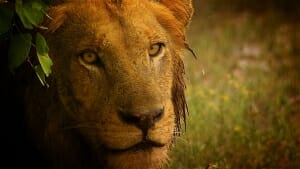 So I guess if you’re trying to find a particular species, do your homework. There are certain roads in Kruger National Park where lions like to hang out. So if you really, really want to film lions, find out where those roads are. If you just want to film any wildlife you come across, find a tract of nature and you WILL find something there to film. Eventually you’ll have an idea of what’s there even without doing the research.
So I guess if you’re trying to find a particular species, do your homework. There are certain roads in Kruger National Park where lions like to hang out. So if you really, really want to film lions, find out where those roads are. If you just want to film any wildlife you come across, find a tract of nature and you WILL find something there to film. Eventually you’ll have an idea of what’s there even without doing the research.
I see a spot marked on the map that says slough and I know there’s probably going to be waterfowl there. Also probably means coyotes will be there praying on the sick and weak. Probably means great blue herons can be found there along with raptors. You’ll probably find muskrat, turtles, frogs, all kinds other kinds of wildlife.
So, to get back to the original question, should you do research on a location to find wildlife or just wing it, the answer is most definitely yes!
And as always, shoot the ordinary and make it extraordinary!


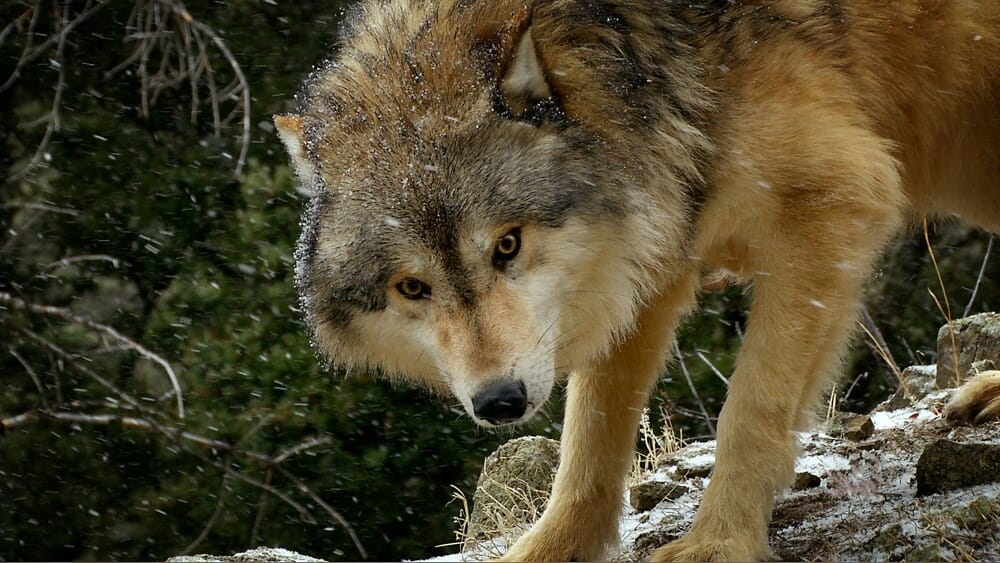

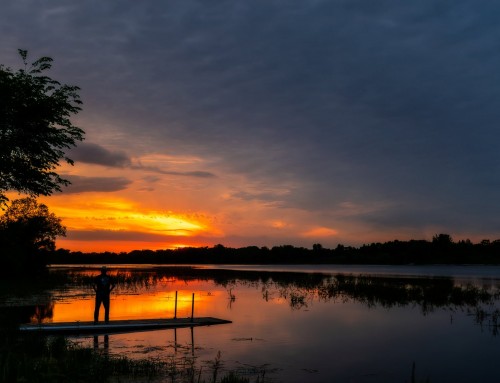
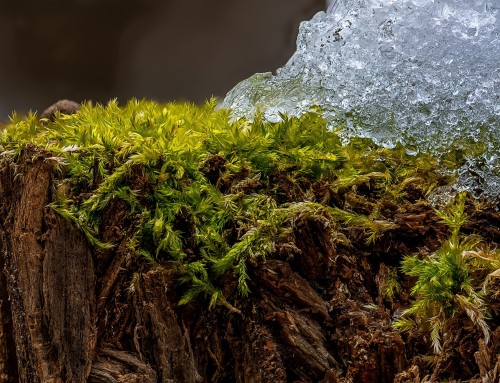


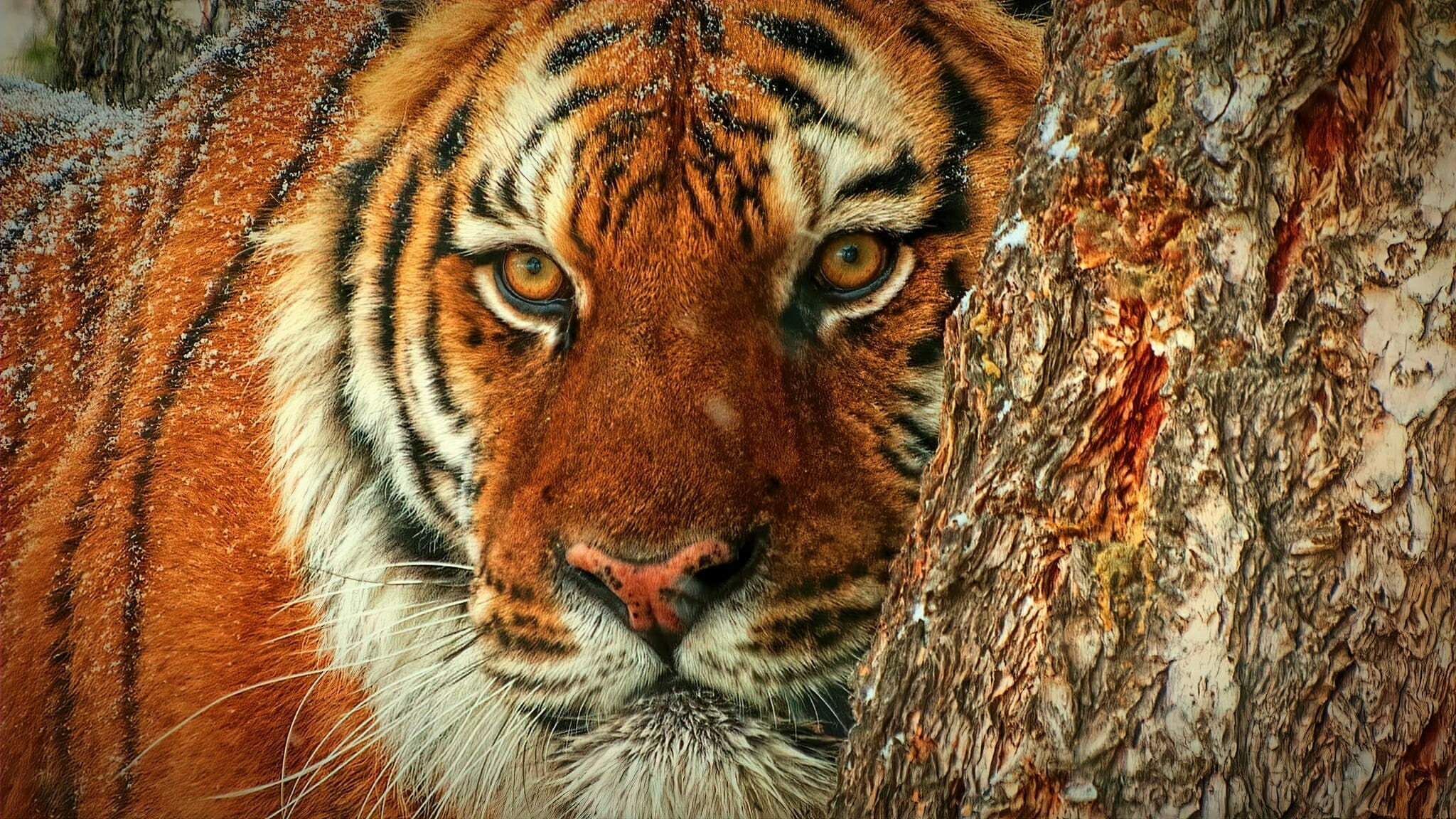
Dear Kevin.
I have just found your website and just looking through your wonderful photos. Woo!!! They are so beautiful. I have just bought my very first Sony camcorder. I read on one of the pages that you have kindly put together an e book. I can’t find it. Please can you send it to me
Hi Pauline,
Thanks for taking the time to leave a comment, I really appreciate it!!
You can actually go to the Shop https://naturephotostudios.com/product/ten-no-cost-tips-that-will-improve-your-nature-wildlife-video-today/ and download the eBook for free.
Let me know if you have any problems doing so and also, I’d appreciate if you let me know how I can help you capture nature and wildlife better.
Look forward to hearing from you!
You make some good points about public sightings Kevin. I used to follow a birders list for tips on photographing, but soon realized I wasn’t the only one, and not all of them had the same philosophies on “do no harm.” A snowy owl spotting would have some photographers getting too close, others showing up with fishing poles and mice.
Thanks for stopping by Mark!
Anymore I’m very cautious about telling people where I find plants and wildlife.
I know some people get upset when people won’t give them a location but there’s usually a reason why.
I’ve worked hard to build up trust with a lot of people that have insight on where things are and they know that if they share them with me, I won’t betray that trust.
Ethics in wildlife photography and filmmaking have degraded just like ethics in everything else has. It’s sad.